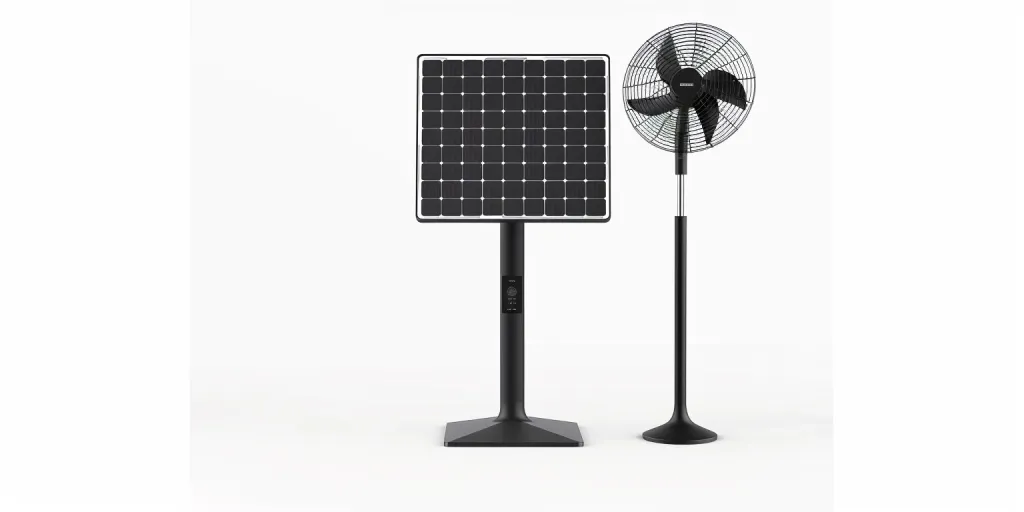With the need to live more sustainably and economise on energy, the solar fan has emerged as a viable alternative to achieving cooling needs. Due to the vast unlimited supply of the sun’s power, this device converts the sun’s energy into electrical energy, capable of powering a fan to cool the air. As we navigate solar-powered cooling, we will be exploring the practicality, advantages and disadvantages of using more solar fans in our day-to-day lives. We are not only considering the limitation of cooling ourselves using solar fans, we will also be looking at the importance of renewable energy in the future of powering humanity.
Table of Contents:
– Understanding solar fan technology
– The environmental impact of solar fans
– Cost-effectiveness and savings
– Installation and maintenance
– Future trends in solar fan technology
Understanding solar fan technology
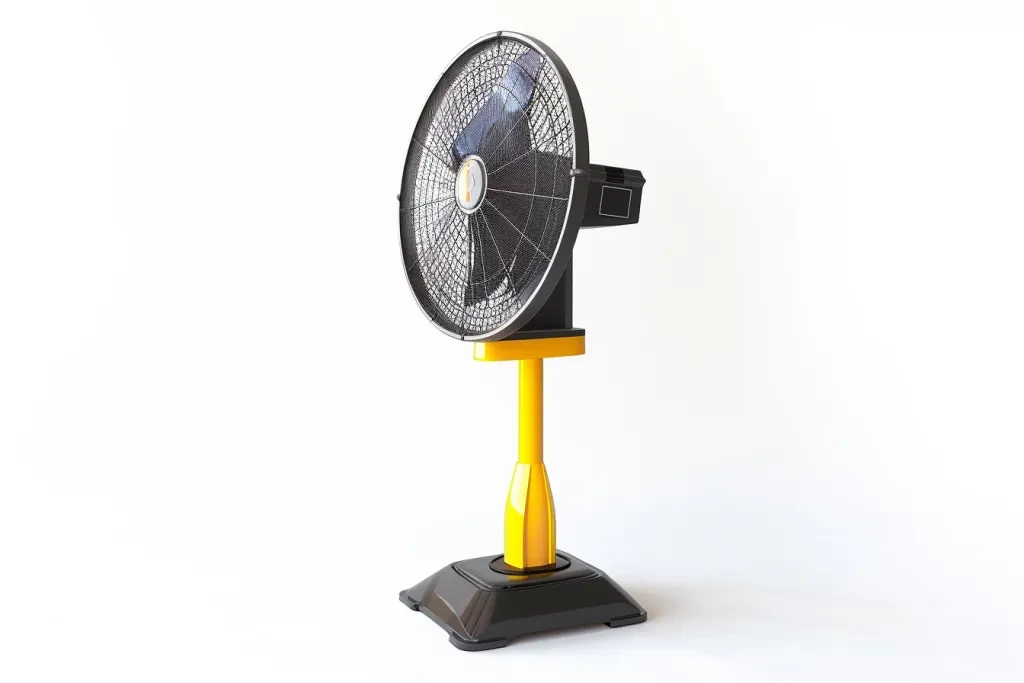
The basic principle of a solar fan is straightforward: sunlight is harnessed by photovoltaic (PV) panels, which are then transformed into electrical energy and utilised to run the fan motor. The result is a cooling breeze provided directly from the sun without the need for any type of electrical grid. Solar fan technology presents a number of attractive features. Not only are solar fans relatively inexpensive, but models are available to fit all types of needs. There are the small, portable varieties designed for individual use, for instance. Some are designed to fit onto hotel windows and balconies in order to provide individual cooling for guests. At the larger end of the spectrum, solar fans are capable of providing quarters of an office or the entire first floor of a home with air-conditioning.
The basic parts of a solar fan are the PV panel, the battery (in some models for energy storage), the charge controller and the fan itself. The efficiency of a solar fan can therefore be improved by the quality and size of the PV panel and the fan design. Thanks to progress in PV technology and energy-efficient motors, solar fans are increasingly efficient and reliable over the course of time.
The environmental impact of solar fans
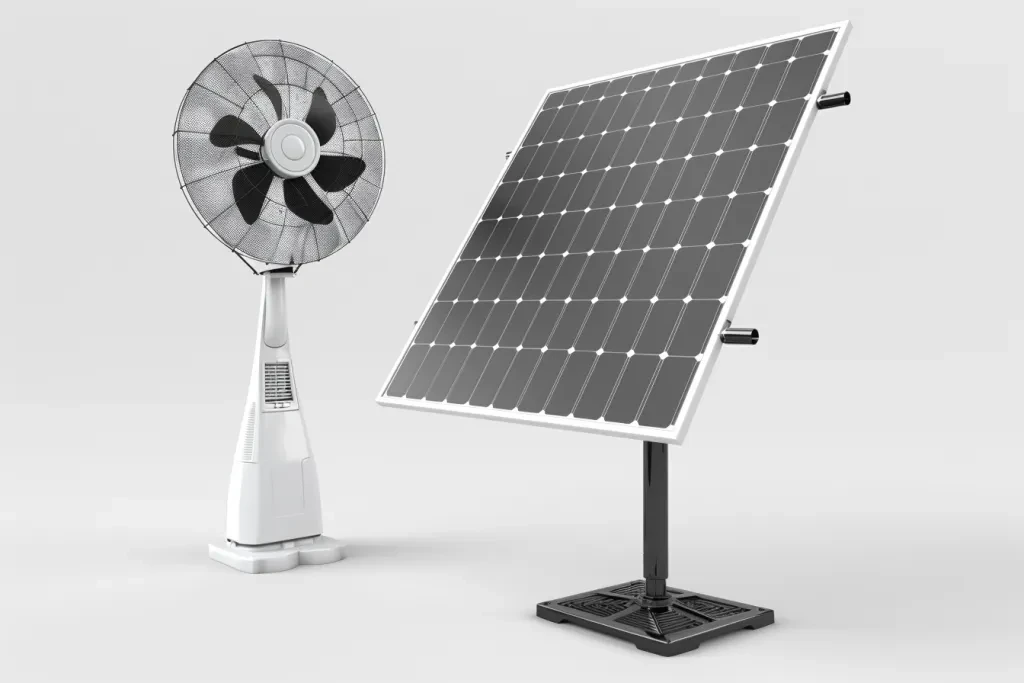
Using solar fans is one of the ways to cut our carbon footprint. Presently, we are using air conditioners and electric fans for cooling purposes. All of these fans are run on electricity which is mostly generated through power plants using fossil fuels. This results in two problems. Firstly, the generation of electricity is also producing greenhouse gases into the atmosphere which in turn causes global warming. In addition to this, we are pushing up global warming by using these fans for our own convenience. Solar fans are far from fossil fuels and thus an ecofriendly option. Their cooling is carried out through solar energy that minimizes ecological impacts.
Furthermore, their use can reduce the strain on the grid in the peak summers when cooling demands reach peak levels, thereby conserving energy and promoting a more sustainable energy ecosystem. In addition, because they can work without grid-power, they can be a reliable cooling solution in areas plagued by an unstable power supply, or during periods of grid blackouts.
Cost-effectiveness and savings
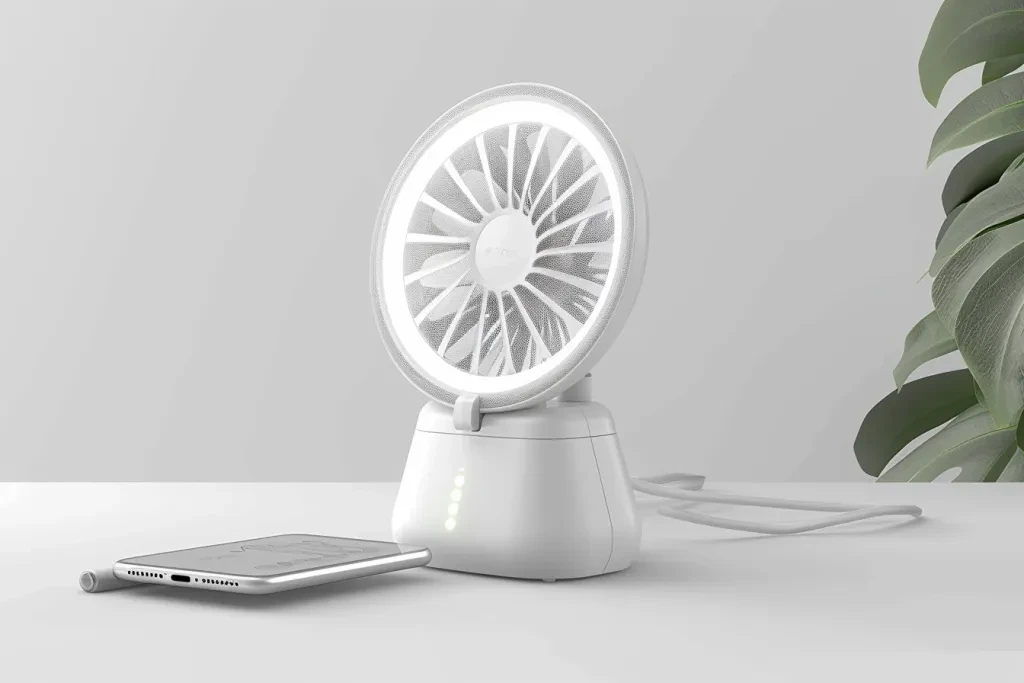
Solar fans can save money, yet the main benefit has to do with the cost. Expenses in solar fans occur when you buy them. After that, they’re free, forever: no electric bills, no light switch, no worries. Upside returns are definitely one of their benefits. The long-term savings can be considerable. In some places, electricity is expensive. In others, it can be very expensive. Some places have really high air conditioning bills, and some places pipes freeze in winter. For example, consider Alaska. If the cost of electricity is high in your area, the cost of your energy bill for fans, lights, heating, and cooling can be very high.
Furthermore, most countries offer subsidies and rebates on the installation of solar-powered equipment, which greatly reduces the upfront cost. The longevity and maintenance-free nature of the solar fan also make it very cost-effective: the solar panels have no moving parts, while the fan motor itself has benefited from a great deal of technological innovation and often does not need servicing.
Installation and maintenance

Installing a solar fan is not terribly difficult but you do need to be aware of location and orientation. The solar panel needs to be taken into a sunny area so that it is getting the full benefit of the available light. A small portable unit will need a sunny spot. A larger system may need professional installation to make sure that the panel is in the correct orientation and mounted securely.
Solar fans require very little maintenance, mostly cleaning of the solar panels to remove unwanted dust and debris. In models with batteries, the battery should be replaced every few years (depending upon the battery type and usage). Check-ups to ensure that the fan blades and other components are in good order will help to extend the system’s lifespan.
Future trends in solar fan technology
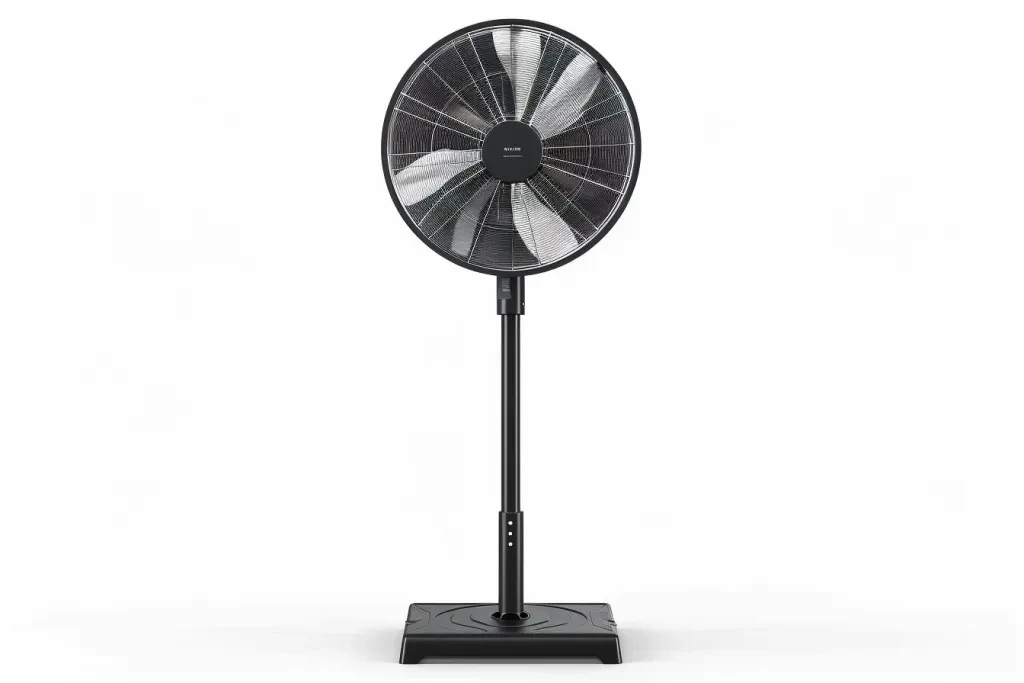
Overall, the future of solar fan technology is brimming with potential innovations. Researchers and businesses are working to make solar fans more efficient, cheaper, and applicable to more situations. In the future, solar fans will undoubtedly be more efficient and affordable as we research new PV materials and batteries. It’s also possible that the solar fans of the future will be a part of the Internet of Things, allowing the fans to be controlled more easily and efficiently.
With a growing consciousness about and use of renewables, solar fans will become part of more homes and businesses around the world. Solar fans, with their clean, affordable, and low-carbon cooling, look set to play a major part in our move towards a low-carbon energy future.
Conclusion:
Solar fans can be just such a smart, sustainable cooling solution and are consistent with the global movement away from carbon-based grids in favor of renewable energy. Ultimately, if anyone is interested in implementing a cooling system that’s easy to use and requires minimal care, if they care about the environmental impact and the economic advantages and want to do their part in making the world a better place and a significant step toward reducing energy usage, they should use solar fans.
